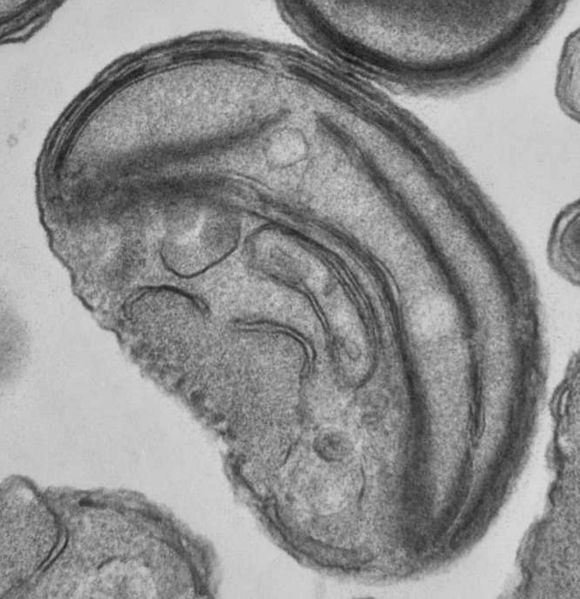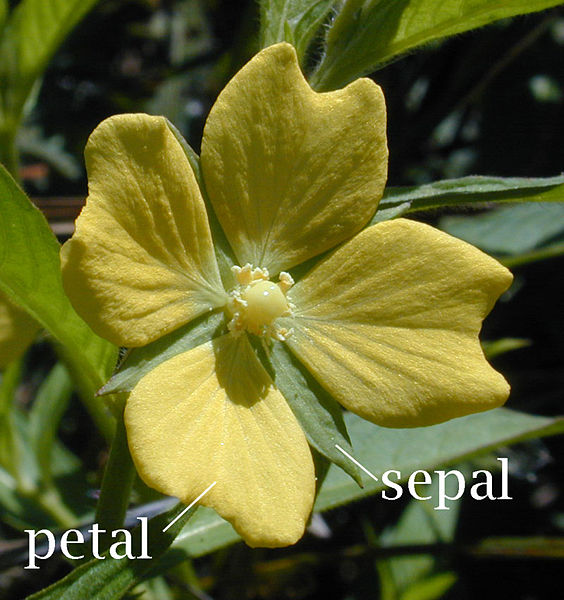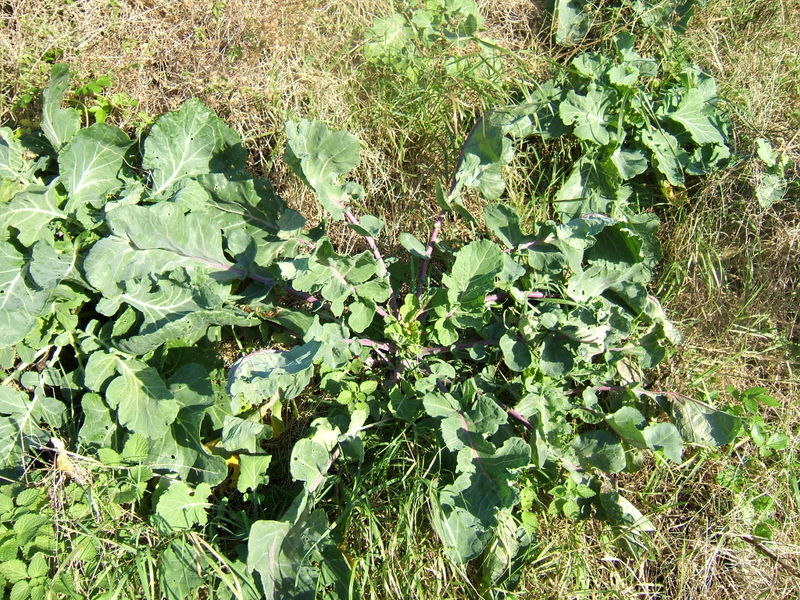Kohlrabi - From Domain to Species
Kohlrabi is a vegetable. That much is clear but what about the rest of the classifications for Kohlrabi? This page is here to clarify where a Kohlrabi fits and each level of classification and why it is there.
Domain: Eukarya

The cells of a Kohlrabi have a true membrane bound nucleus so are
therefore a member of the domain Eukarya.
Kingdom: Plantae

Since Kohlrabi use the process of photosynthesis to feed themselves,
they are members of the Kingdom Plantae.
 Phylum:
Anthophyta
Phylum:
Anthophyta
Anthophyta is the phylum of plants that contains all angiosperms.
All members of the Anthophyta are flowering plants--Anthos
means flower
Class: Eudicotyledones
Eudicots are flowering plants that have two cotyledons. A
characteristic of Eudicots is leaves that have veins that are
netlike instead of parallel like in monocots. Kohlrabi has net like
leaves as in this picture.
Order: Brassicales

Members of the Brassicales are similar morphologically,
chemically and genetically. Also, organisms under Brassicales
produce glucosinolates, which are commonly called mustard oils. They
are produced to deter some species from preying on them and also to
attract other beneficial species. Kohlrabi are typical of
Brassicales and do produce mustard oils.
Family:
Brassicaceae

Brassicaceae is the name used for members of the Brassicales with
flowers possessing four petals. This family may also be called
Cruciferae, which refers to the four petals being in a cross-like
pattern.
Genus:
Brassica
In Latin Brassica means cabbage. So members of the
Brassica genus are closely related to cabbage either
morphologically or genetically. Kohlrabi is no exception. Kohlrabi
is much the same as wild cabbage.
Species:
Brassica Oleracea
The
species Brassica Oleracea actually includes all wild
cabbages. They may seem very morphologically different but they are
all members of one species. This includes Kohlrabi as well as wild
cabbages, wild mustards, broccoli and cauliflower.

You have learned so much.
Next is a little information
about the author of this site. As always, the
home menu is available if you do not want to
go on.
